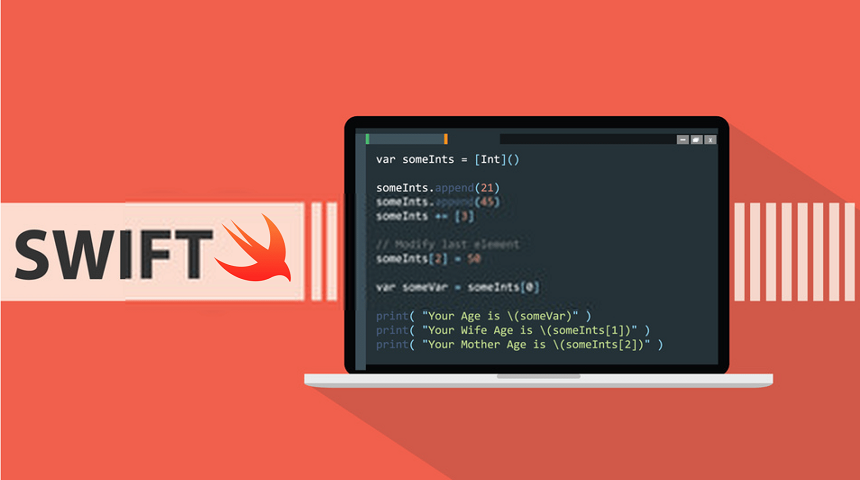
Free eBooks for Beginners
Closures are a fundamental aspect of the SWIFT programming language, and are a powerful tool for writing efficient and concise code. If you’re just starting out with SWIFT, or if you’re already familiar with other programming languages, understanding closures is an important step on your journey to becoming a proficient SWIFT programmer.
In simple terms, closures are blocks of code that can be passed around as values. They can capture and store references to any variables or constants from the context in which they are defined, even if the context is no longer available. This means that closures can be used to encapsulate functionality, and to create functions that are easy to reuse and maintain.
Closures are used extensively in SWIFT, and they provide a flexible and efficient way to write code. For example, you might use closures to define a function that takes a closure as an argument, and then executes the closure whenever it is needed. This can be extremely useful in certain situations, such as when you want to write code that can be reused in multiple places, or when you want to write code that is easy to maintain and modify.
Another great thing about closures is that they are first-class citizens in SWIFT, which means that they can be assigned to variables, passed as arguments to functions, and even returned from functions. This makes them incredibly flexible and easy to work with, and provides a powerful way to create functions that are highly reusable and maintainable.
Closures are also a key aspect of functional programming in SWIFT, and they play a significant role in making functional programming an important part of the language. With closures, you can write code that is easy to understand and maintain, and that is highly expressive and concise. Whether you’re writing simple functions or complex algorithms, closures provide a powerful tool for making your code both efficient and elegant.
In conclusion, closures are an essential aspect of the SWIFT programming language, and are a powerful tool for writing efficient and concise code. Whether you’re a beginner or an experienced developer, understanding closures is an important step on your journey to becoming a proficient SWIFT programmer. So if you’re looking to improve your skills in SWIFT, be sure to familiarize yourself with closures and see how they can help you write better code.
Cookbook – SWIFT for Beginners – Chapter 29: Closures
 Loading...
Loading...
Disclaimer: The information and code presented within this recipe/tutorial is only for educational and coaching purposes for beginners and developers. Anyone can practice and apply the recipe/tutorial presented here, but the reader is taking full responsibility for his/her actions. The author (content curator) of this recipe (code / program) has made every effort to ensure the accuracy of the information was correct at time of publication. The author (content curator) does not assume and hereby disclaims any liability to any party for any loss, damage, or disruption caused by errors or omissions, whether such errors or omissions result from accident, negligence, or any other cause. The information presented here could also be found in public knowledge domains.